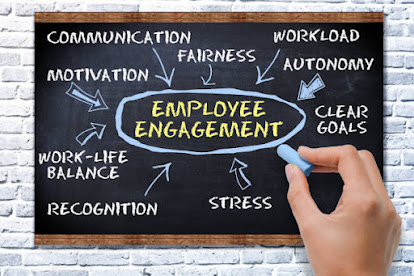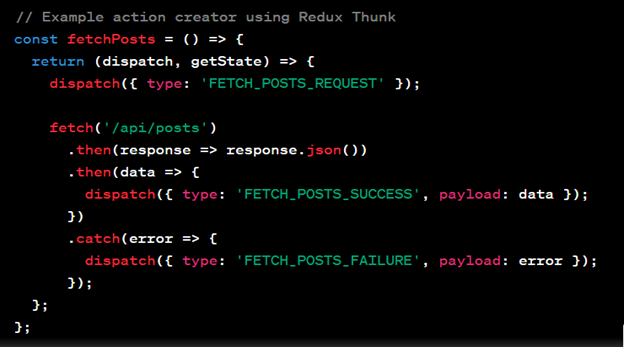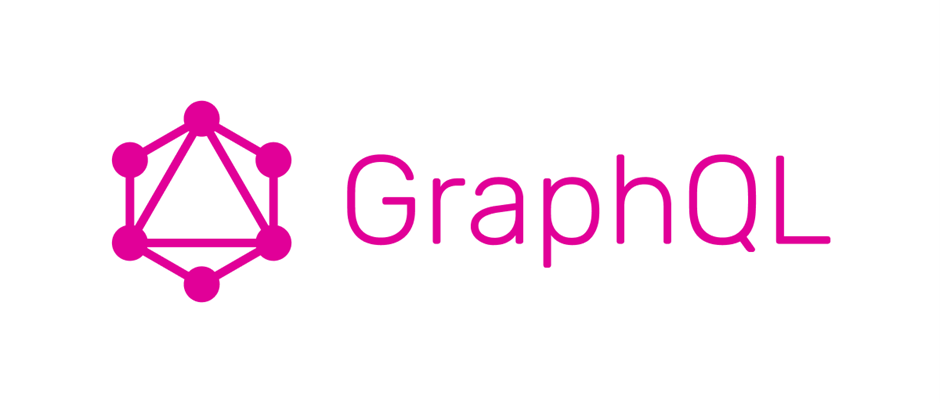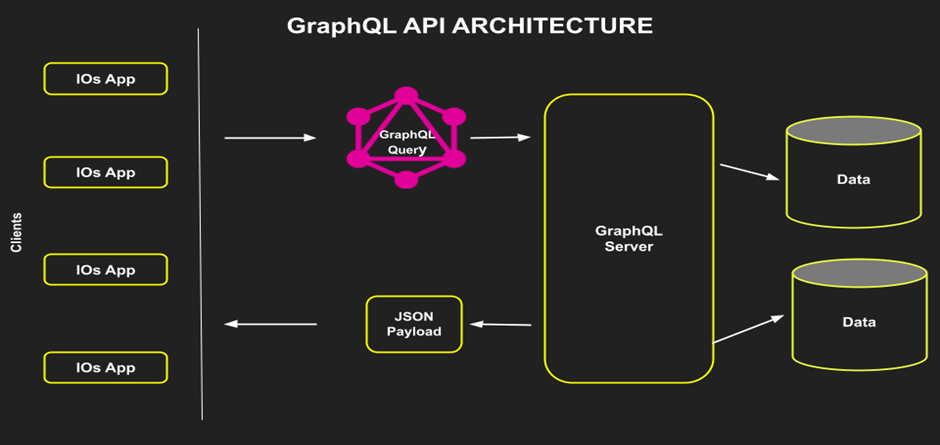Imagine going to work every day excited and happy, feeling like you're a part of something special. That's what employee engagement is all about. employees are the backbone of any successful organization, so keeping your workforce engaged and motivated is crucial. Employee engagement sessions have emerged as a powerful tool to achieve this goal. These sessions not only benefit individual employees but also have a positive impact on the organization as a whole. In simple terms, it means that when people work for a company, they don't just do their job because they have to; they do it because they want to, and they love doing it. In this blog, we will explore some compelling examples of how employee engagement sessions can transform the workplace for the better.
What is Employee Engagement?
Employee engagement is like having a secret sauce that makes a workplace amazing. It's when employees care deeply about their jobs and the company they work for. Engaged employees are enthusiastic, motivated, and committed to doing their best every day. They're not just counting down the hours until they can leave work; they're excited to be there.
Why Does Employee Engagement Matter?
Now, you might be wondering, "Why should a company care if its employees are engaged or not?" Well, the answer is simple: engaged employees are like superheroes for a company. Here's why:
- Productivity Soars: Engaged employees work harder and smarter. They don't just do the bare minimum; they go above and beyond to make sure their work is top-notch.
- Happiness Rules: Engaged employees are happy employees. When people are happy at work, they're more likely to stay in their jobs, reducing the cost of hiring and training new people.
- Innovation Thrives: Engaged employees are full of great ideas. They're not afraid to share their thoughts and find new ways to solve problems, which can lead to innovation and growth for the company.
- Customers Smile: When employees are engaged, they treat customers better. Happy employees provide better customer service, which makes customers happy too.
- Less Drama: Engaged employees are less likely to cause trouble or complain. They're focused on their work and helping the company succeed.
How Can Companies Boost Employee Engagement?
Creating an engaged workforce doesn't happen by magic; it takes effort. Here are some things companies can do:
- Listen and Learn: Companies should listen to what their employees have to say. They can ask for feedback and then actually use it to make things better.
- Recognition and Rewards: It's important to appreciate and celebrate employees' hard work. A simple "thank you" or a small reward can go a long way in making employees feel valued.
- Clear Communication: Companies should be clear about their goals and share them with employees. When everyone knows where the company is headed, it's easier to work together to get there.
- Training and Growth: Giving employees opportunities to learn new things and grow in their careers shows that the company cares about their future.
- Work-Life Balance: Companies should help employees balance their work and personal lives. Nobody wants to be stressed out all the time, so offering flexibility and time off is important.
Conclusion
Employee engagement sessions are not just a trendy HR initiative; they are a strategic investment that benefits both employees and organizations. From increased job satisfaction and productivity to improved retention rates and innovation, the positive impacts of these sessions are undeniable. When employees are engaged, they become valuable assets that drive the organization's success.
Therefore, organizations should prioritize creating and maintaining an engaging workplace through regular employee engagement sessions.
--Anamika
Human Resource Department
Techneutron
















